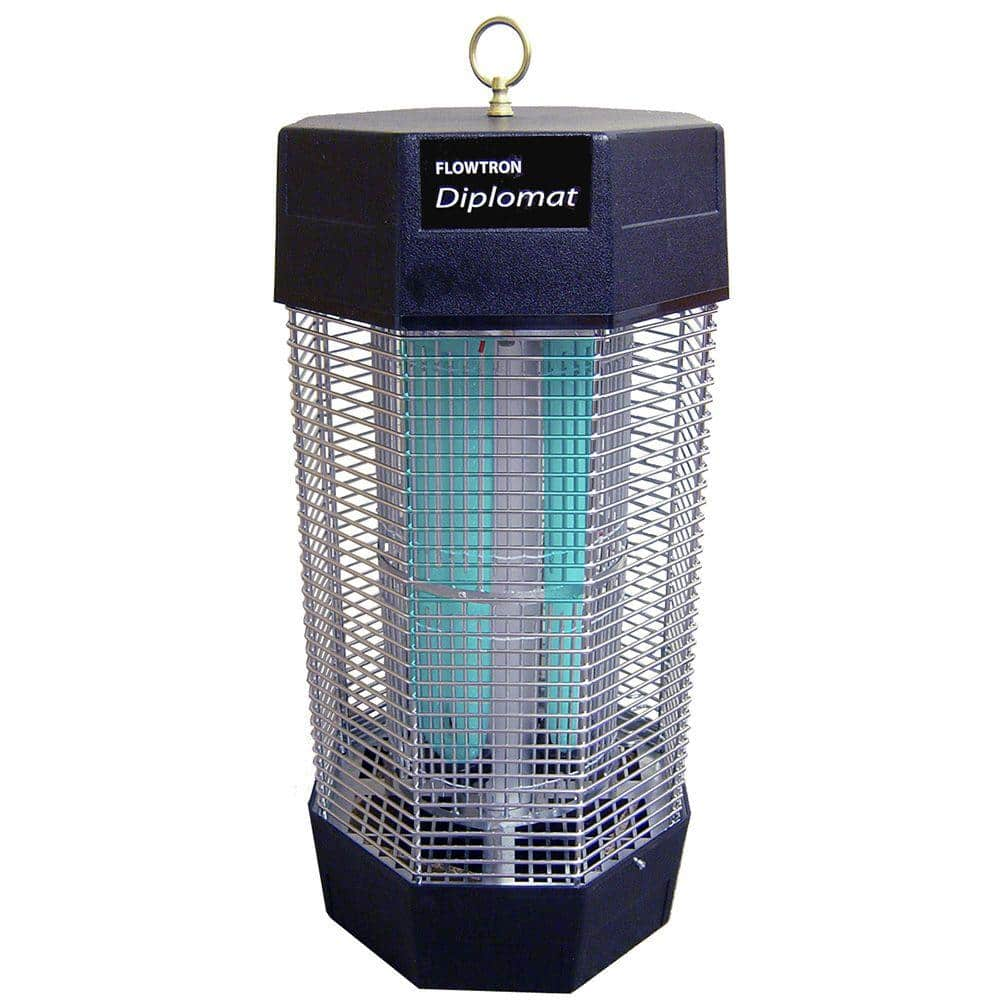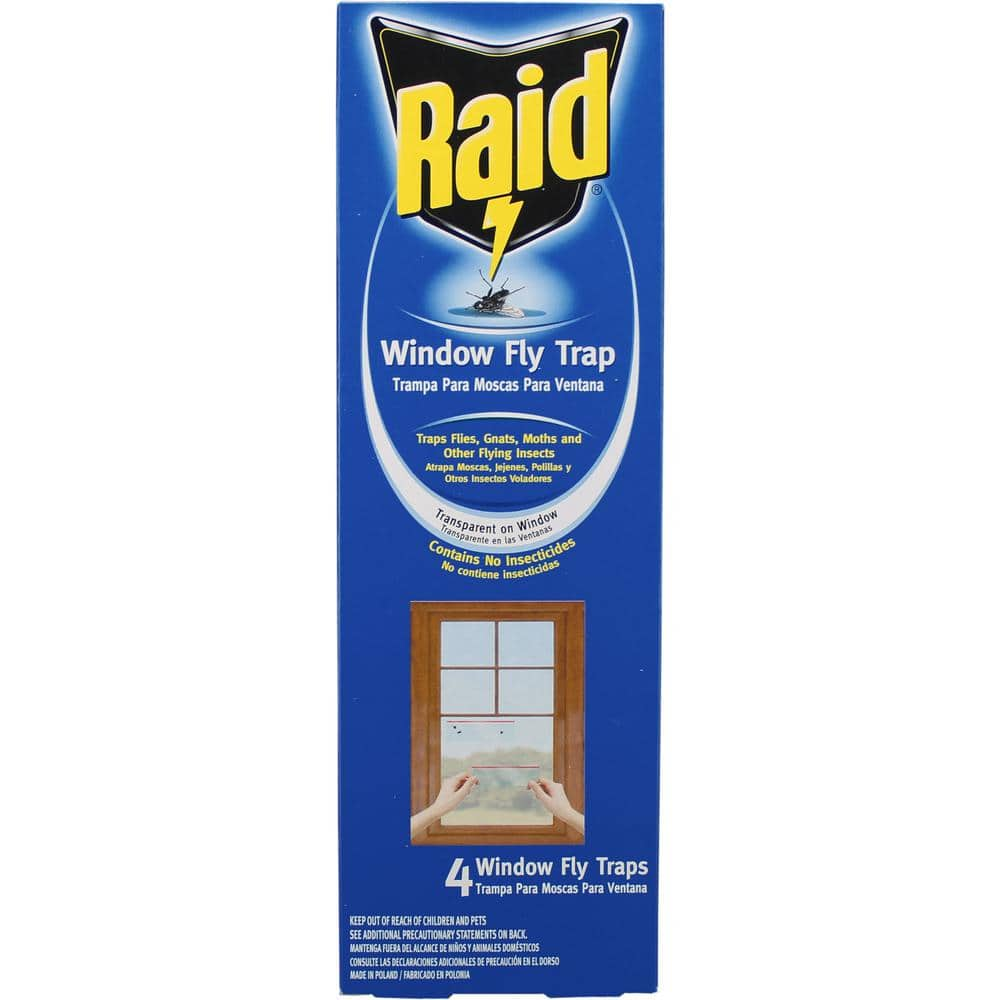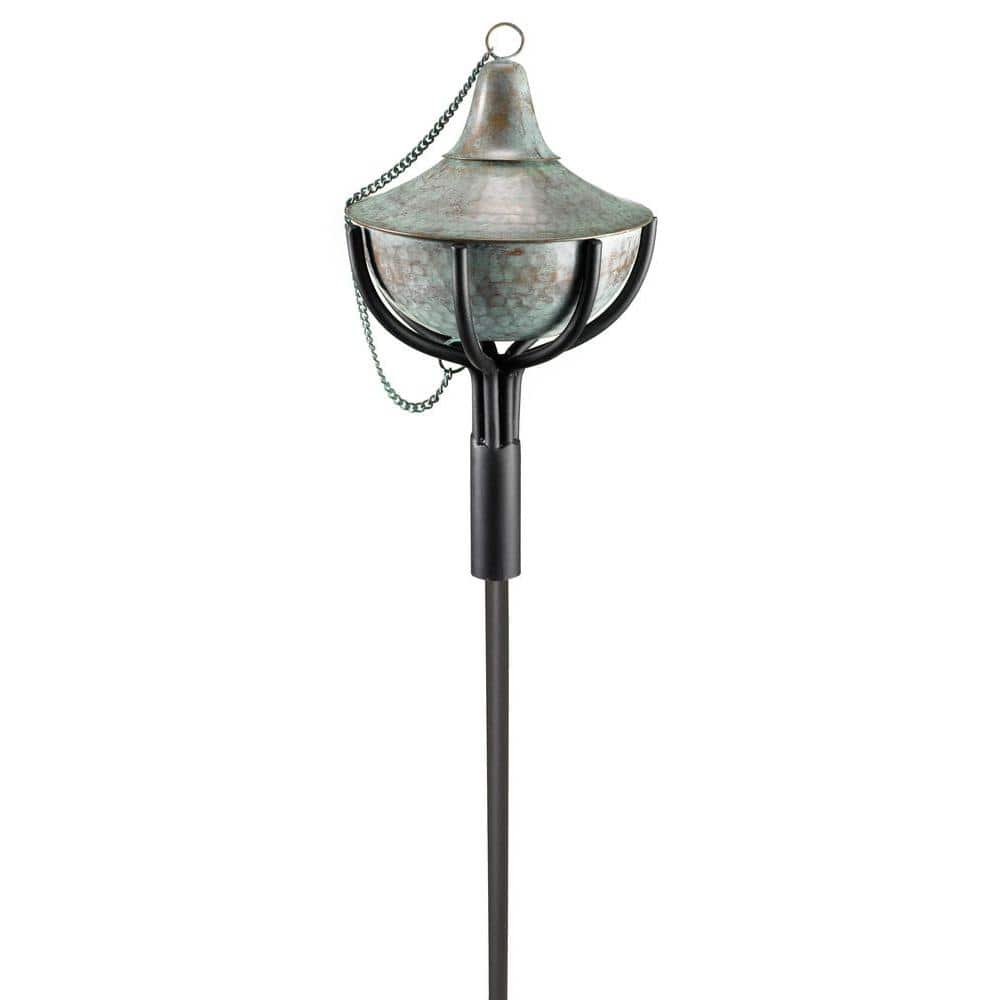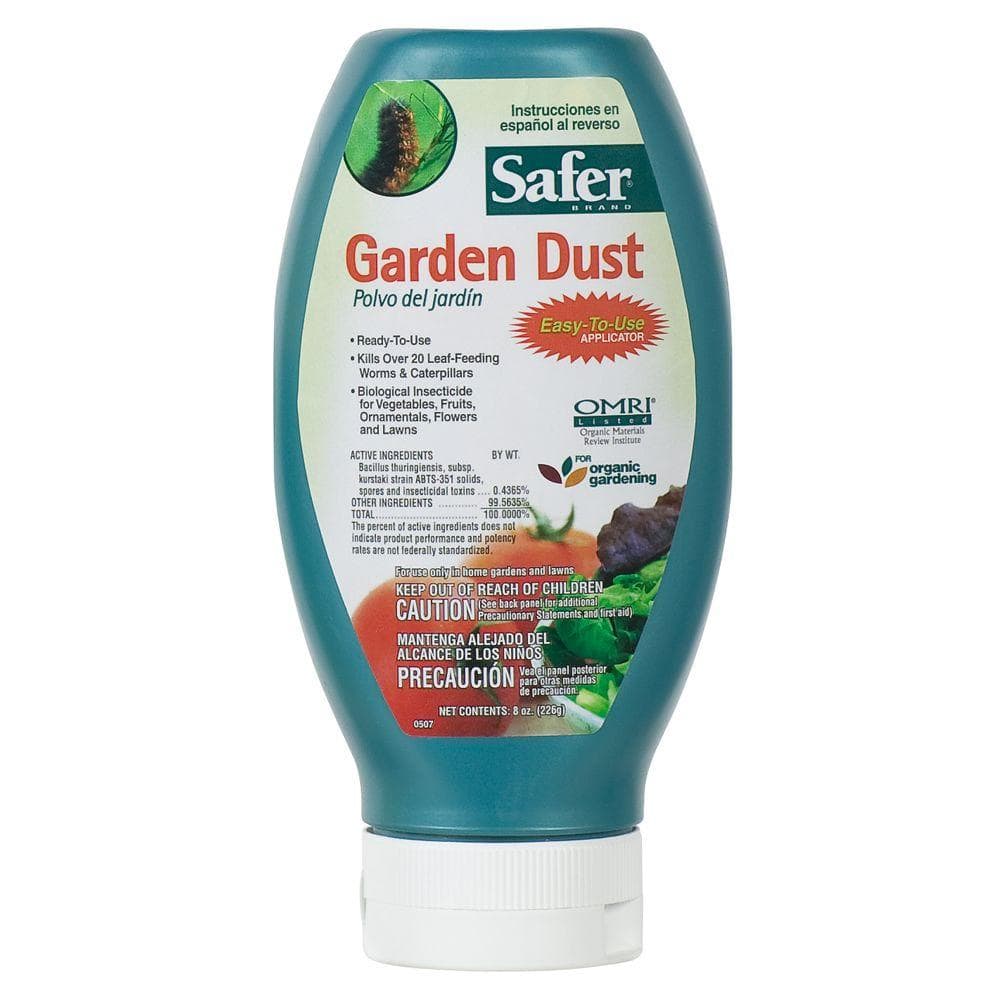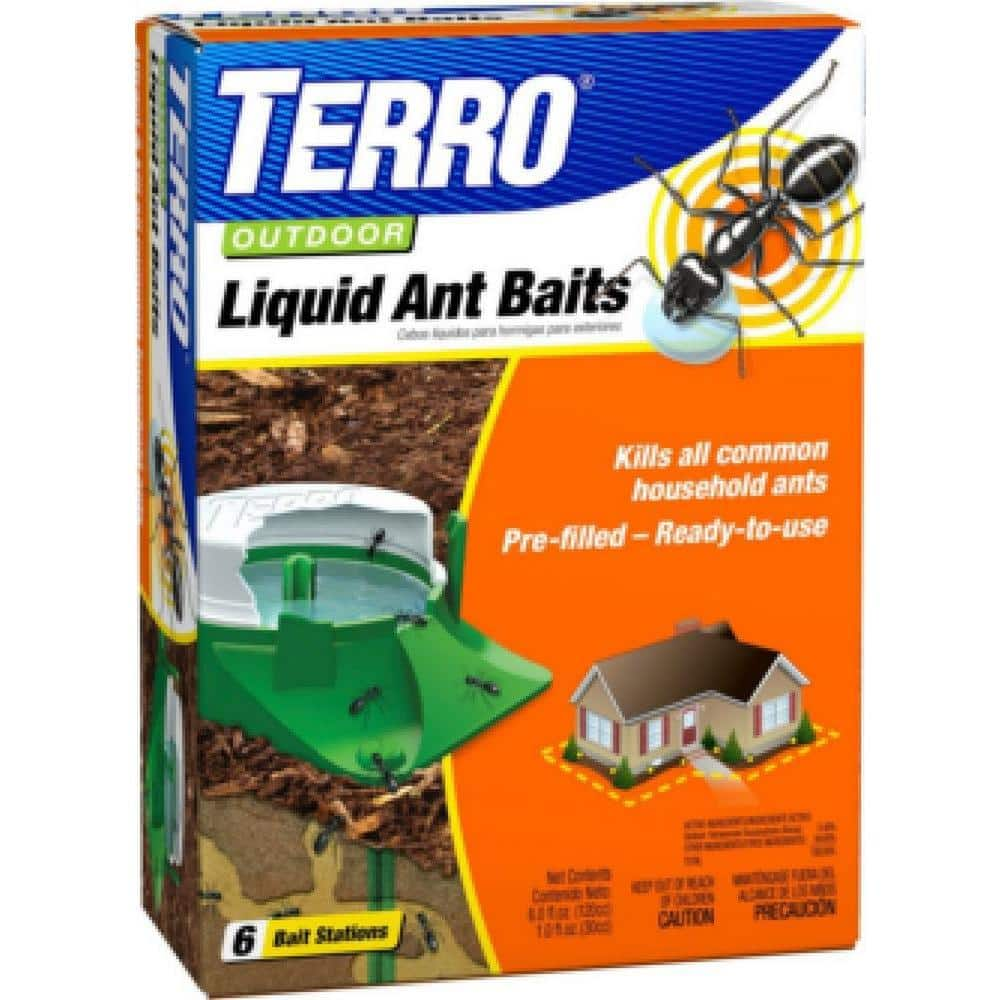How to Get Rid of Wasps

Published September 6, 2023
Various pest control products can help rid your home of colony-dwelling wasps. Wasps, hornets and yellow jackets can display aggressive behavior, so it is best to control where they set up their colonies around your home.
This guide highlights the different types of wasp control products, along with information on the insect's life cycle and nesting habits, as well as safety measures to take when you come into contact with them.
Table of Contents
Life Cycle of a Wasp
How to Get Rid of a Wasp Nest
Precautions
Sting Symptoms and Treatments
Differences Between Wasps vs. Bees
Where Wasp Nests are Commonly Found
Life Cycle of a Wasp
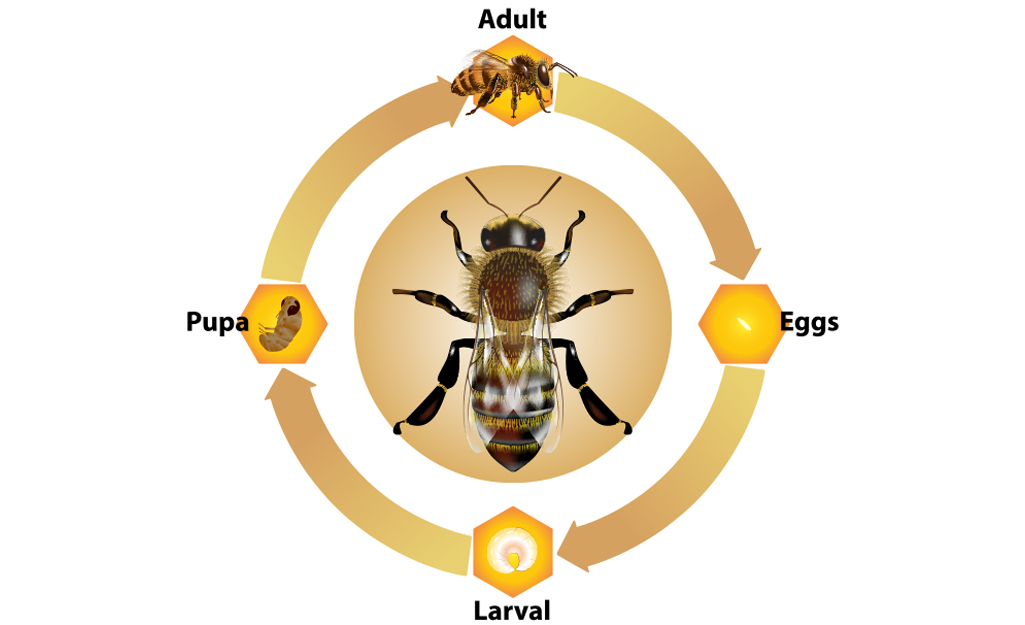
Wasp colonies go as the queen wasp goes. At the beginning of spring, the queen emerges and selects a new site and lays the foundation for the colony.
Queens lay eggs at the end of spring and hibernate in winter.
Queens can be up to three times larger than worker wasps or drones. Once she lays her eggs, she stays inside. Meanwhile, workers forage for food while drones help the colony propagate. Worker wasps die in winter.
Once the queen sets up the colony, she lays her eggs, and the colony grows, reaching its peak in summer. The workers then seek out sugary foods to power the colony’s activity. These colonies can contain thousands of wasps.
How to Get Rid of a Wasp Nest
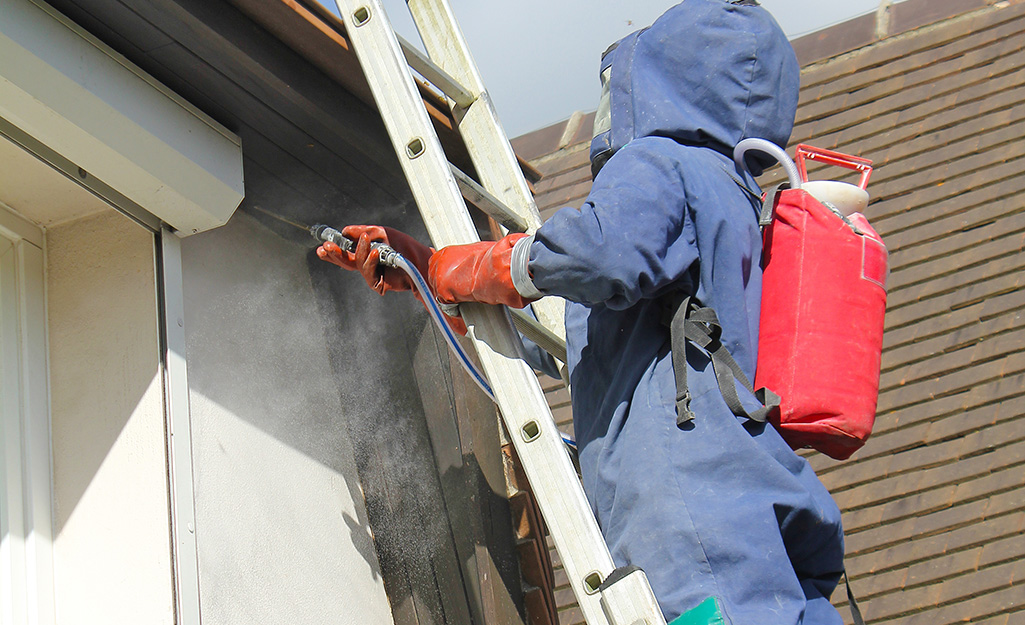
Colonies can be located inside the walls of your home or in the ground. You can use sprays or bait to kill wasps, or try removing the nest. However, you should never remove a nest by knocking it down or hitting it with a bat or other item.
Read on to see how to get rid of wasps.
- In late summer, the colony population surge leads wasps to search for food, which brings them in contact with humans more often. This is when you'll need to start getting rid of wasps.
- Sprays can be used to kill individual wasps while they are out searching for food.
- For more numerous populations, install a properly baited wasp trap downwind of your outdoor living area.
- To remove a nest, consult a professional if it is located inside your home or in the ground. Never try and remove the nest on your own.
Removing a wasp nest on your own may cause bodily harm to you and those around you. - For a more easily accessed nest, be sure to take special precautions to protect your eyes and face. Approach the nest either at dusk or dawn when wasps are less active.
- Wasps are attracted to yellow light, so wrap a flashlight in red tape for illumination.
NEVER remove a wasp nest by:
- Knocking it down with an object
- Burning it
- Spraying it with water
Precautions
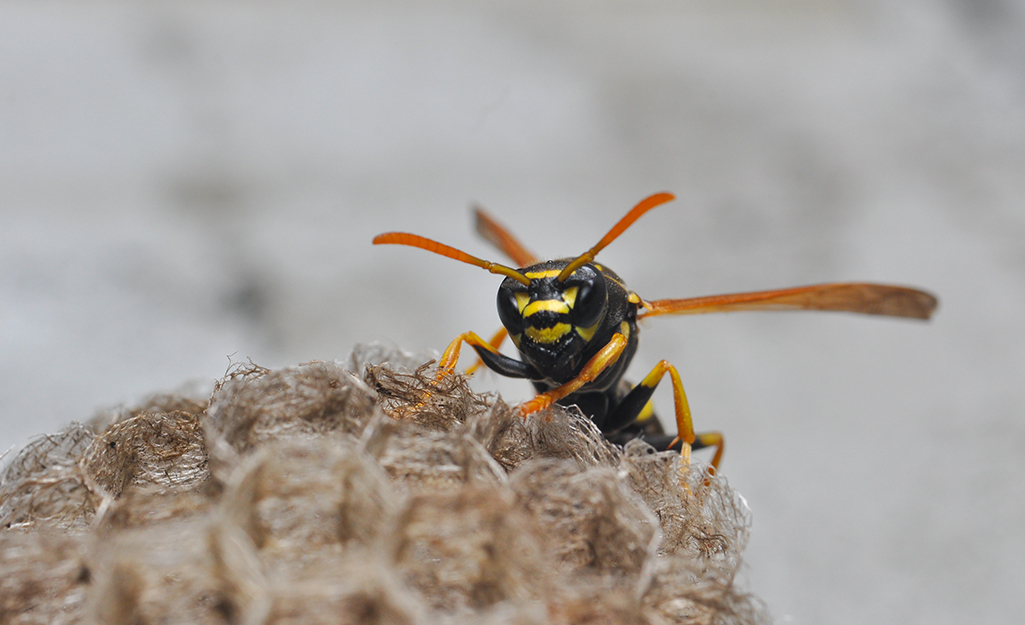
Avoid aggressive movement with wasps and don’t go near nests unless absolutely necessary.
- When left alone, wasps don’t generally cause problems. If one lands on you, remain still. Brush it off your body rather than attempting to smash it as squashed wasps release a pheromone that may induce other wasps to attack.
- Avoid wearing perfume or scented hair care products if you are near wasps. They are drawn to scents, brightly colored clothes and floral patterns.
- Wasps don’t lose their stinger and can repeatedly attack when threatened. Many types are highly aggressive and will act together to defend threats to their nest.
Sting Symptoms and Treatments

Stings can be unpleasant, but are treatable with basic first aid. For those who experience allergic reactions, it can be extremely dangerous and extra care will be needed. Seek immediate medical attention if symptoms are severe, if they persist or if stung in the mouth or throat.
Common Sting Symptoms:
- Confusion
- Local pain
- Shock
- Vomiting
- Welts
- Decreased blood pressure
- Difficulty breathing/dizziness
- Inflammation/itching
Treatments:
- Wash affected area with soap and water to help draw out the venom.
- Apply cold water, ice or a mixture of meat tenderizer and water and take a pain reliever.
- Take an oral antihistamine to reduce swelling.
- Use calamine lotion to minimize itching.
Differences Between Wasps vs. Bees
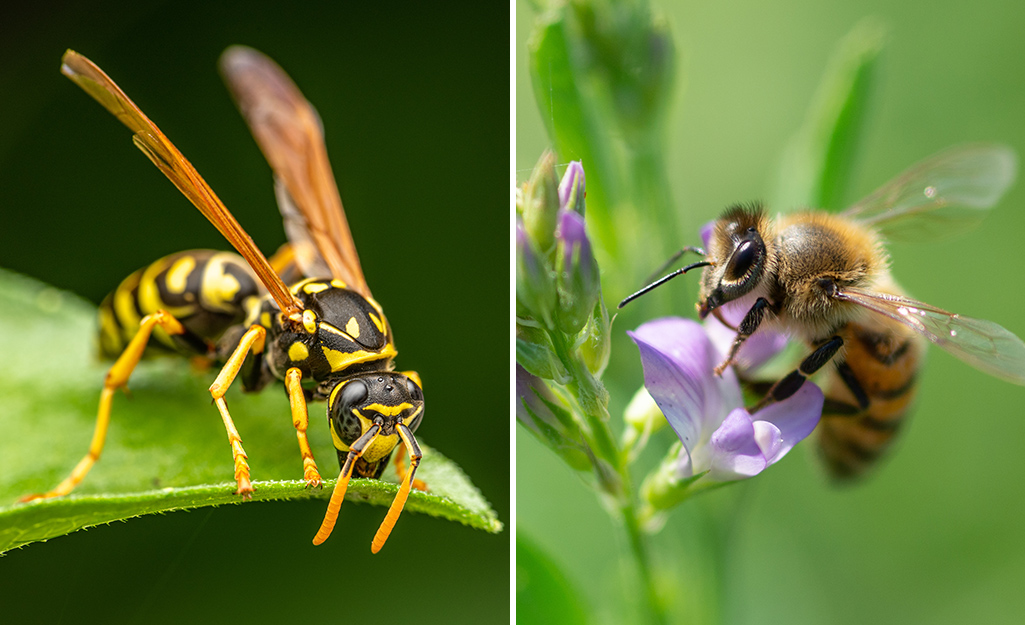
Though bees and wasps share similar colors, they are very different species of insect. One way to distinguish between the two are with their body shape. Bees tend to be a little plumper and hairier, while wasps are slender and smooth. Sometimes, wasps even look shiny. You can also differentiate by looking at their legs. Bees carry pollen on their legs, while wasps do not. Bees feed on pollen and nectar, while wasps eat other insects as well as nectar.
Another big difference between the two insects is their homes. Wasps construct their nests from chewed up wood fibers and saliva, while bees make vertical combs out of wax to create hives.
Where Wasp Nests are Commonly Found
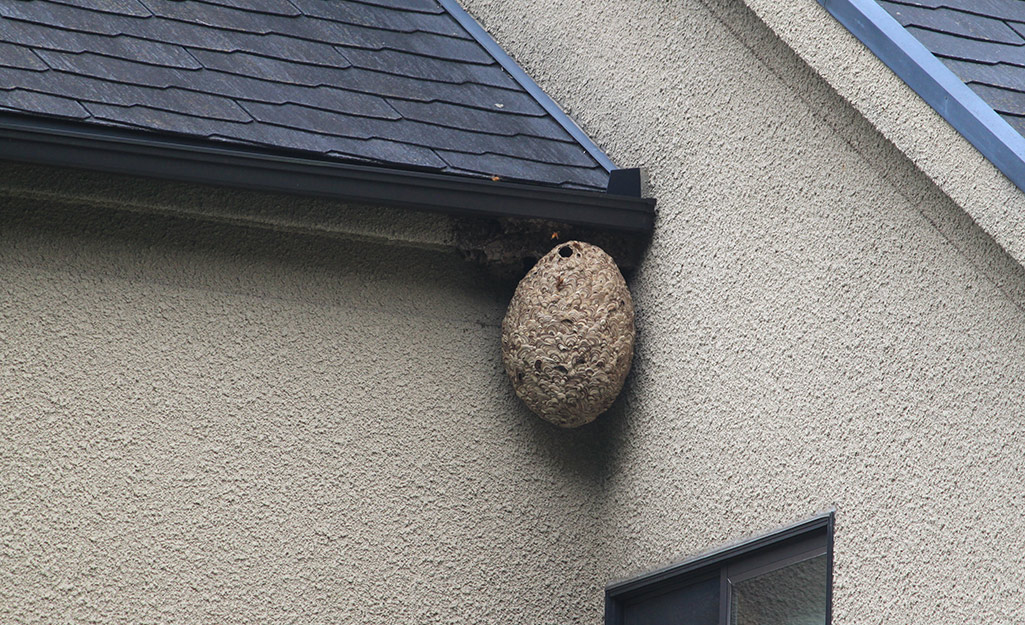
Wasps tend to build their nests on outside edges, like the edge of a roof, in sheds and garages, or in trees. Sometimes, they may even build indoors in quieter areas. They like to pick areas that remain largely undisturbed and are inaccessible to outside forces. They also have a preference for areas that are warm or insulated.
By knowing the difference between wasps and bees, and exploring preventative measures, you'll easily learn how to get rid of wasps around your home. If the problem persists, look into a professional exterminator to get the job done.

